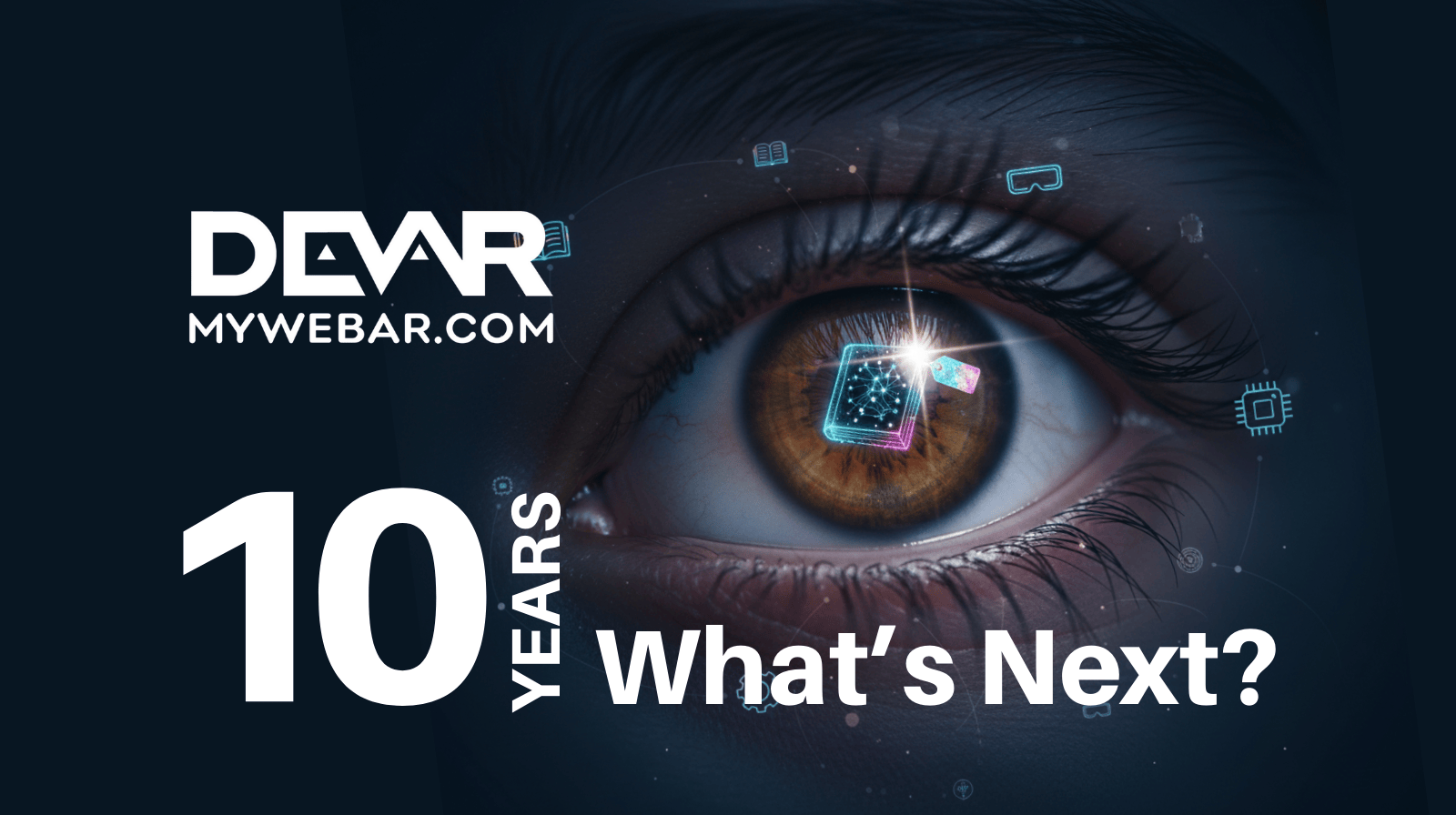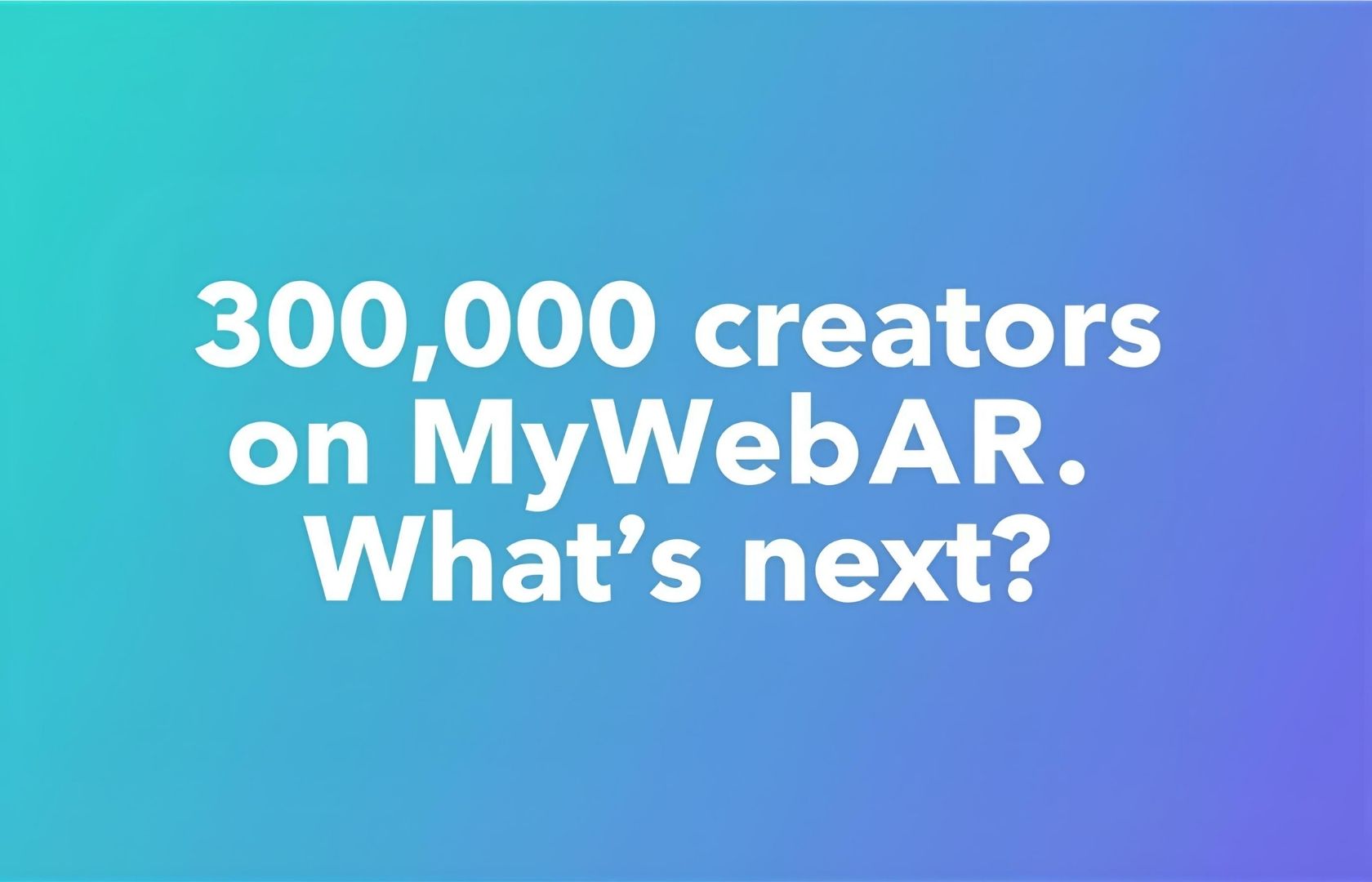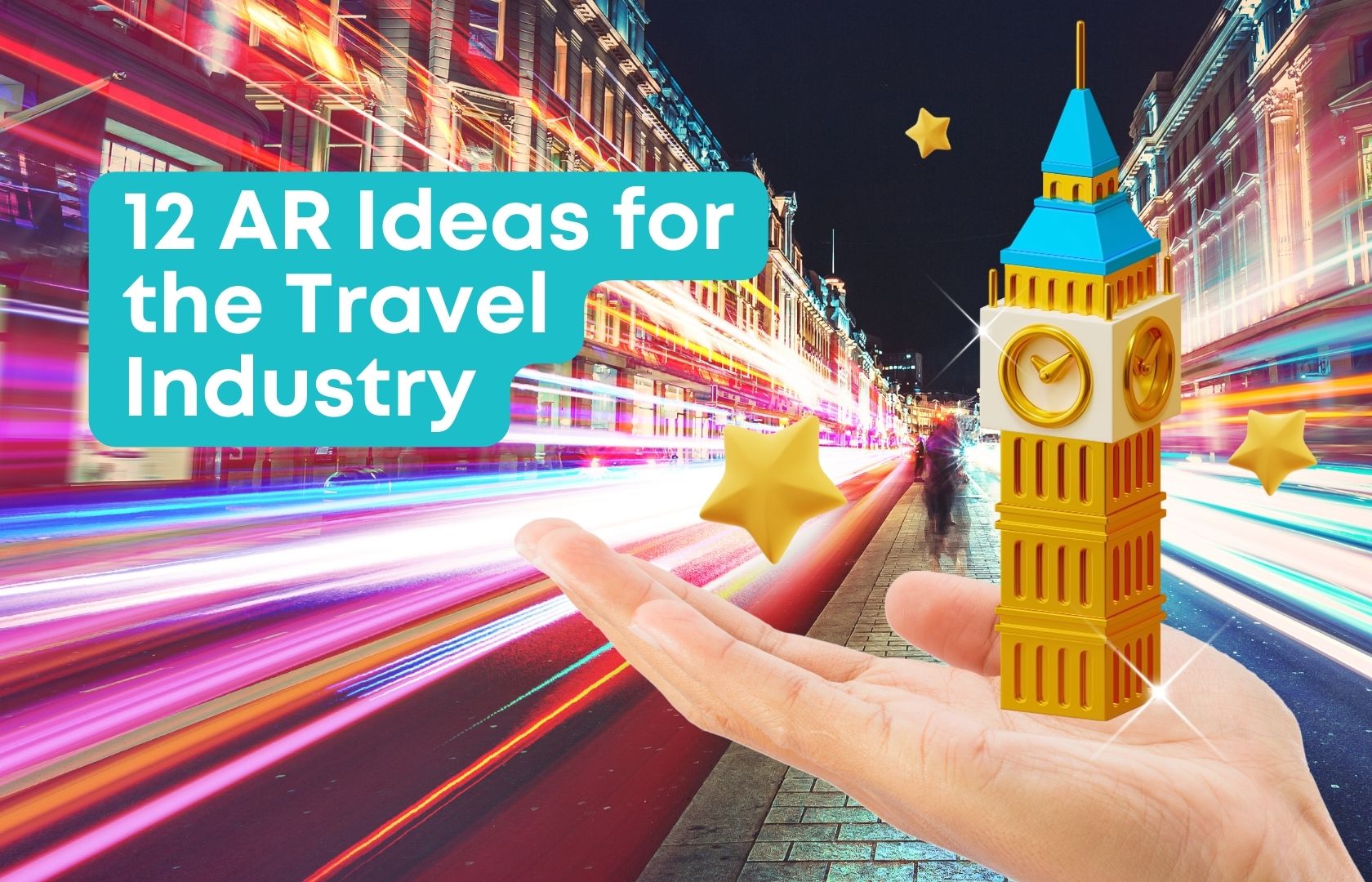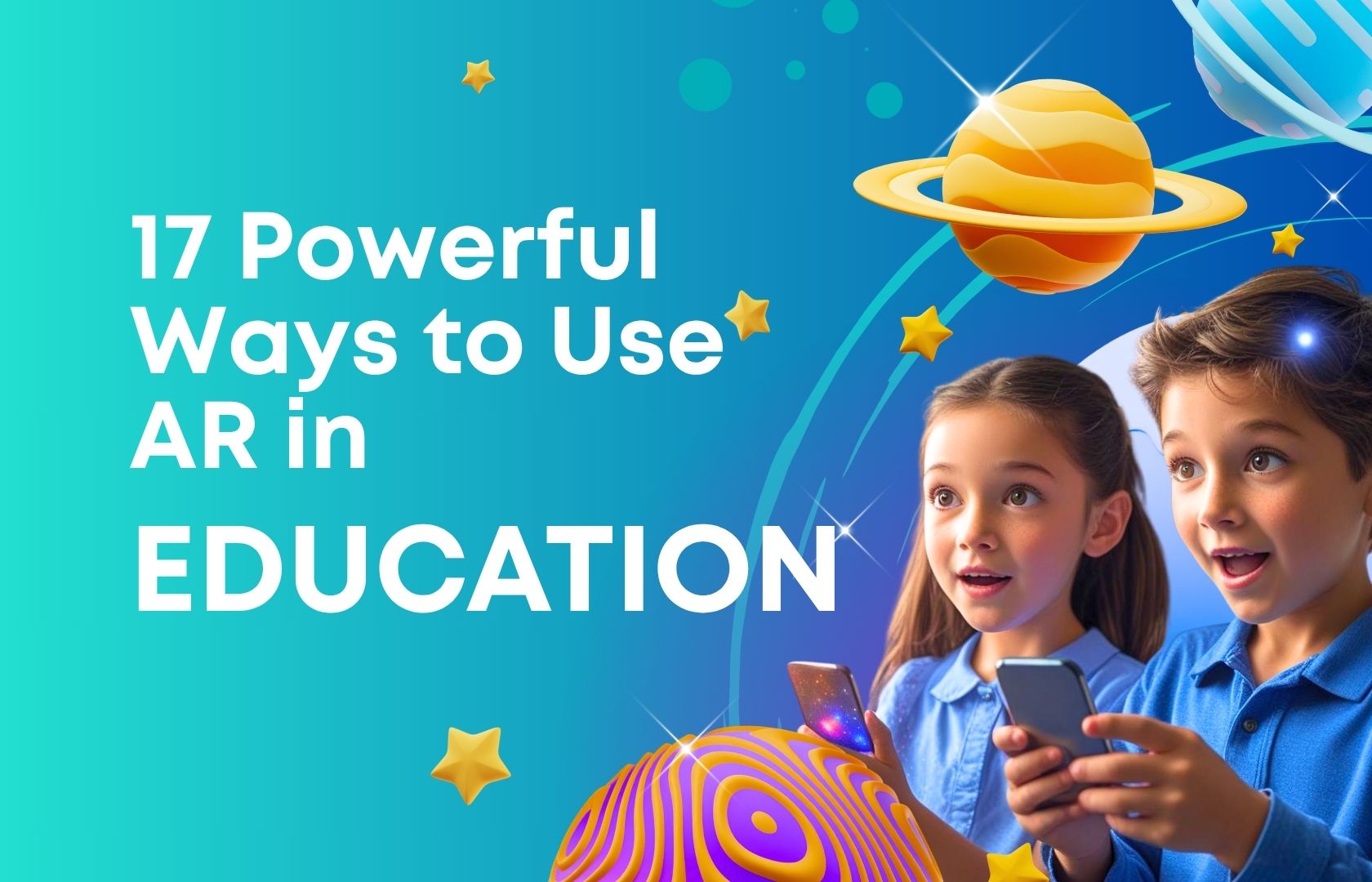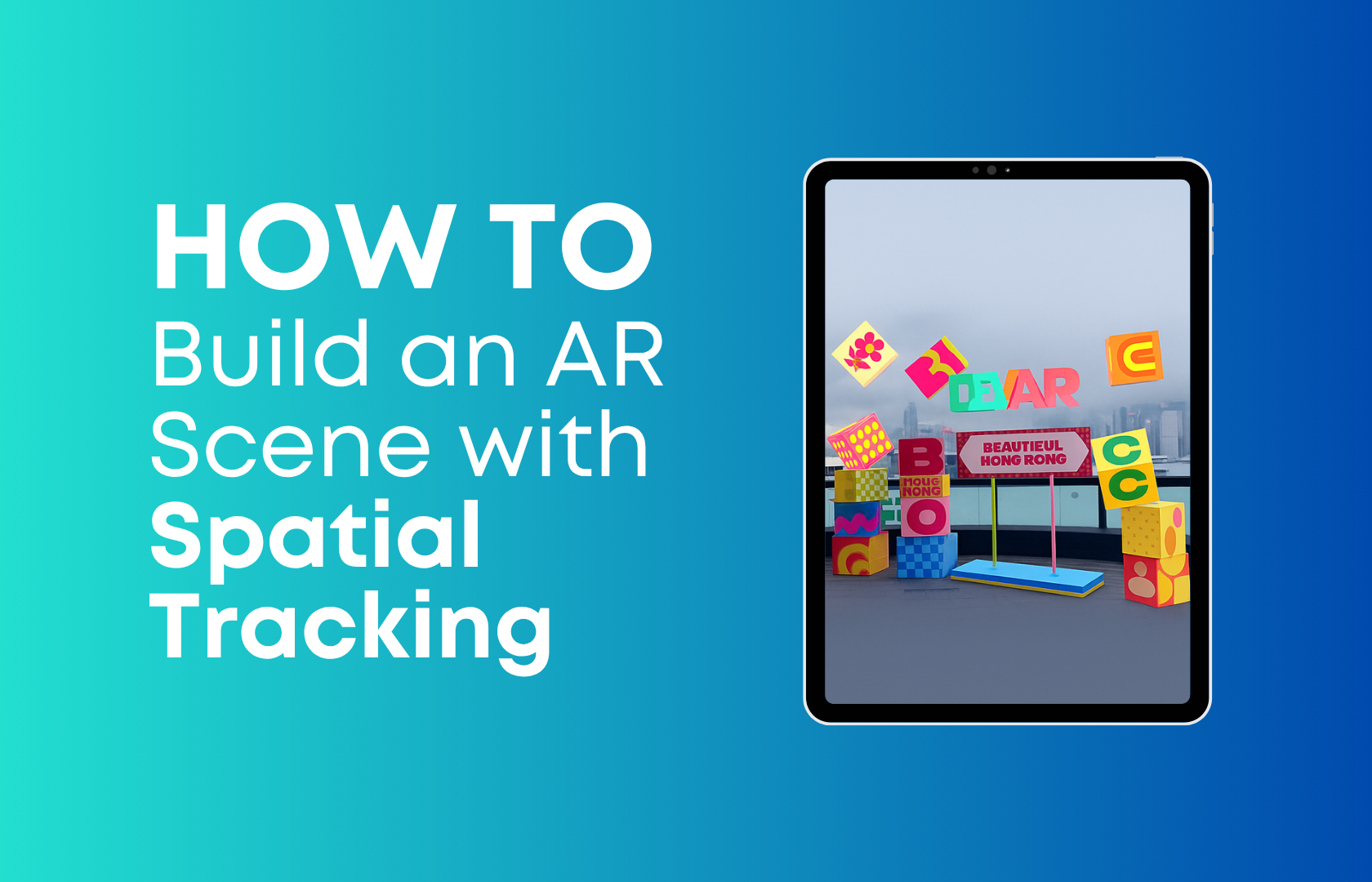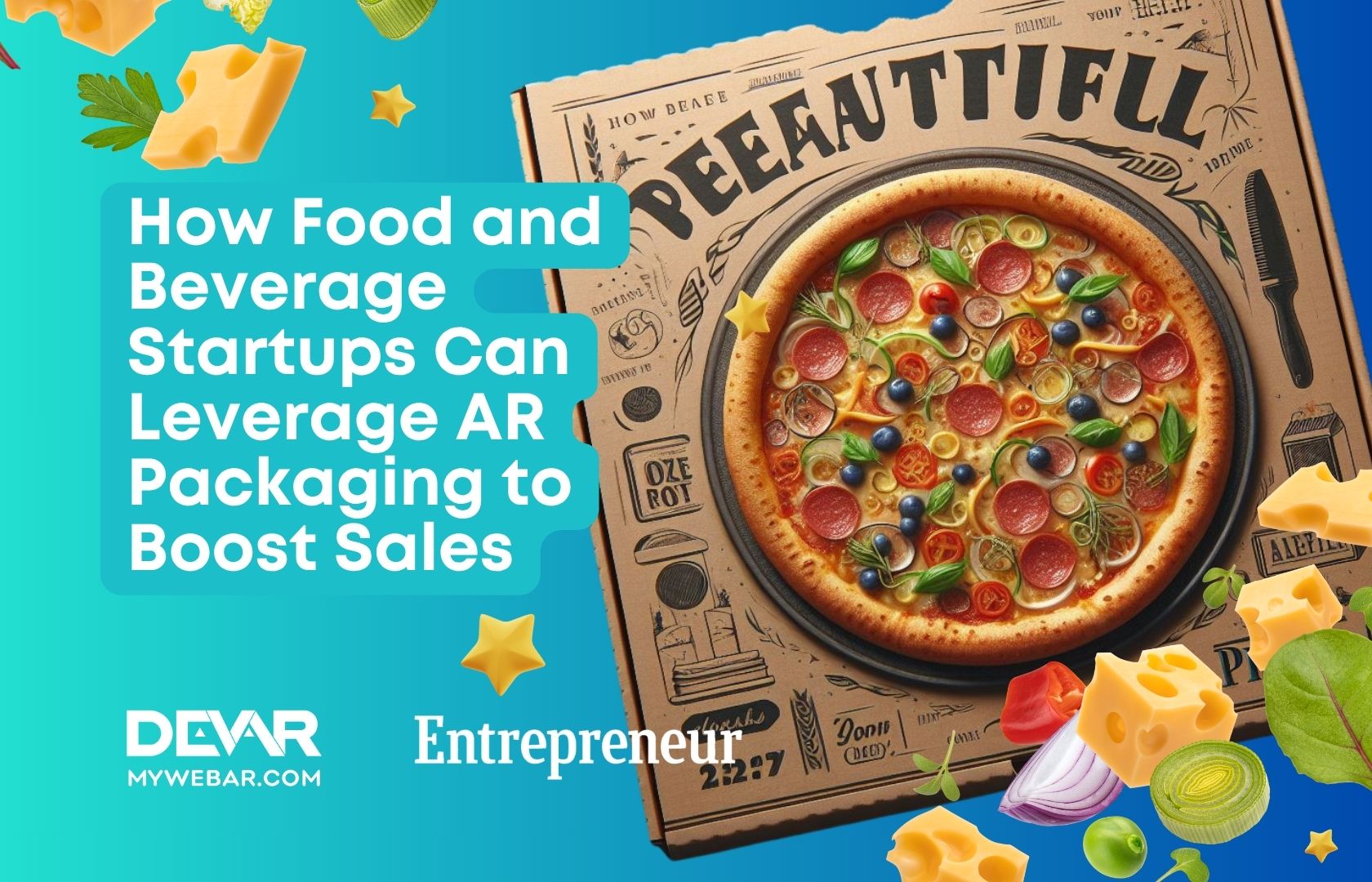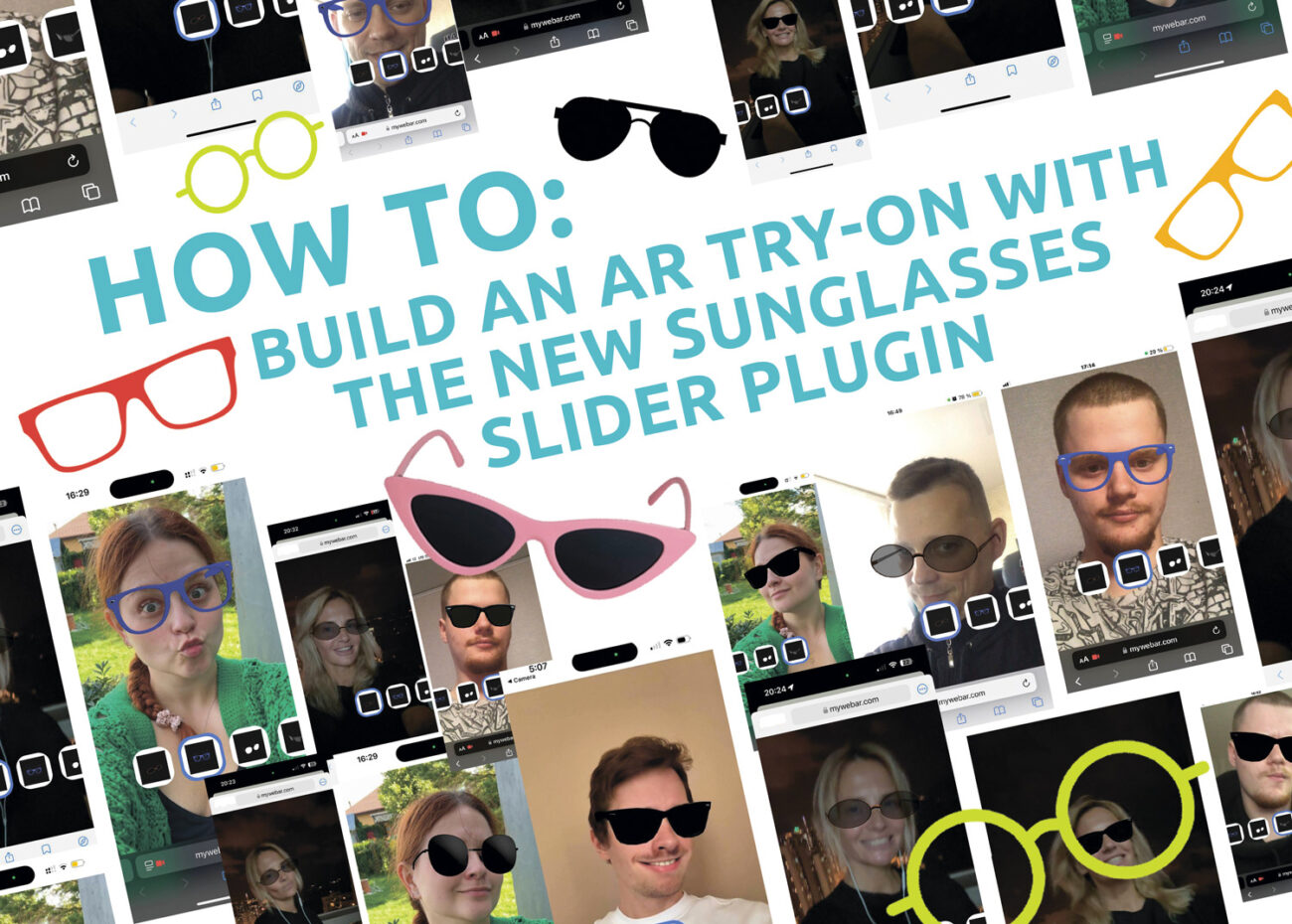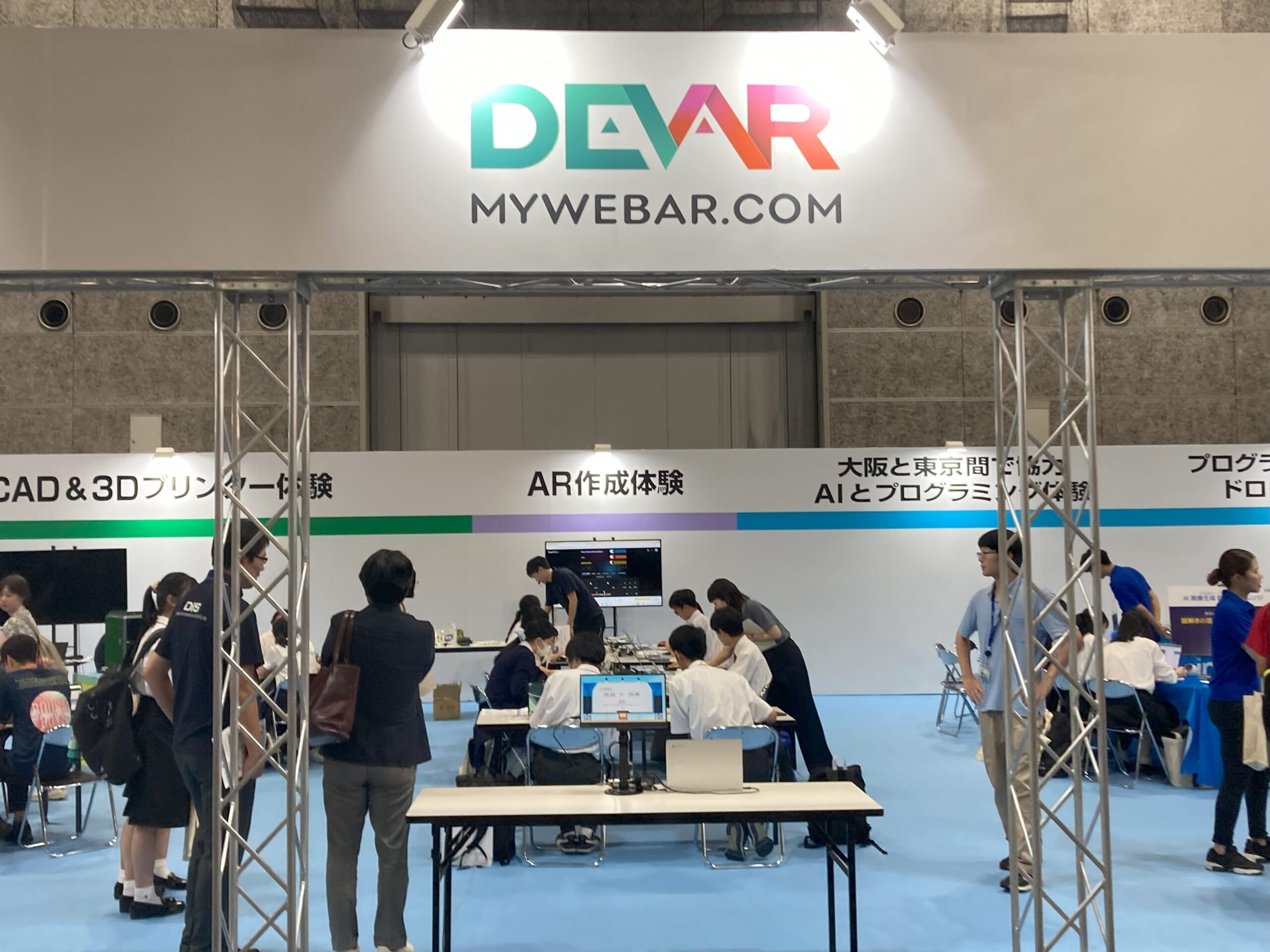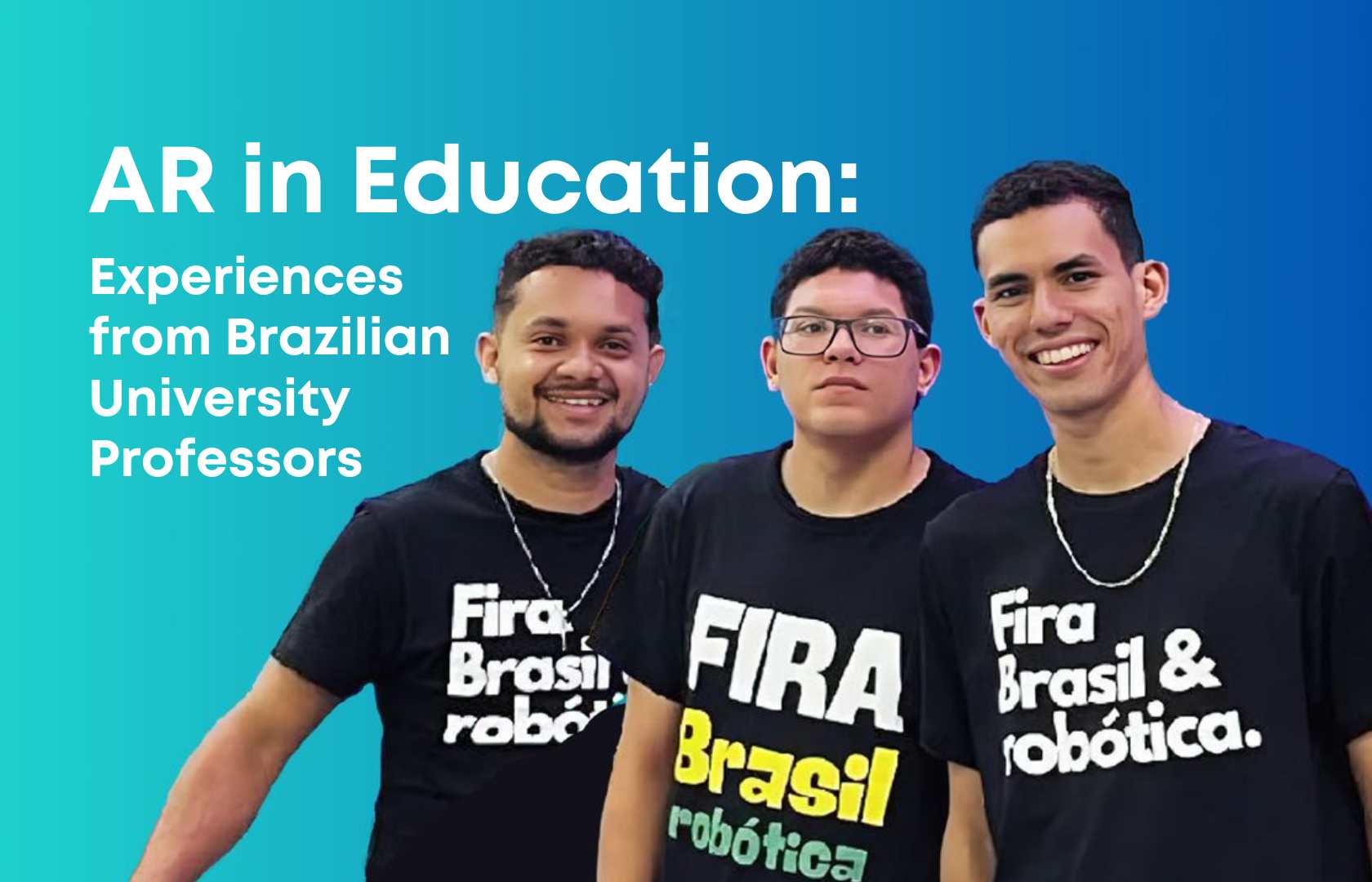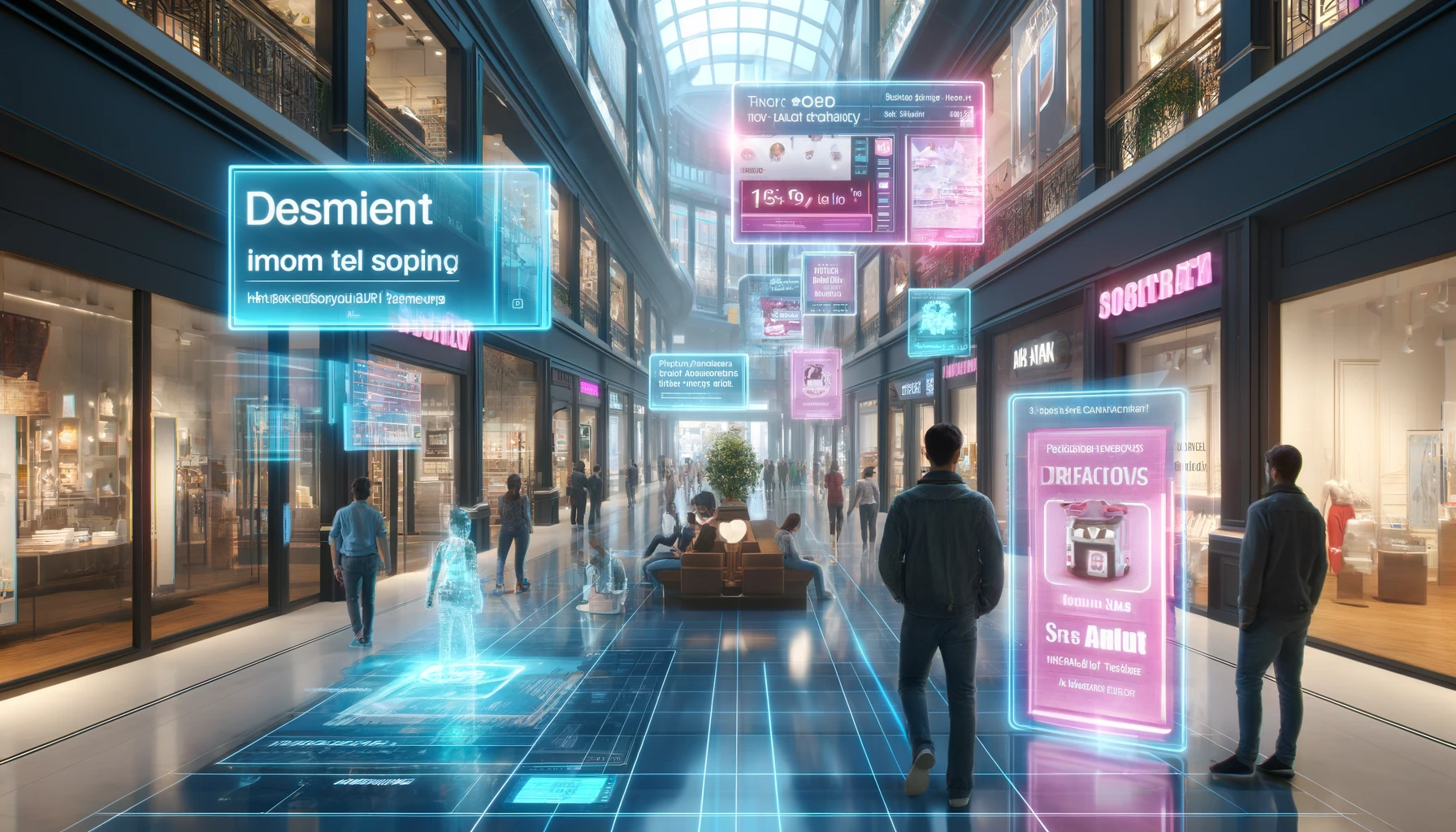AI and WebAR: A Game-Changing Combination
Artificial Intelligence is driving digital transformation across industries, and its integration with WebAR is making immersive experiences more accessible than ever. Unlike traditional AR, WebAR operates entirely in a browser, eliminating the need for app downloads and simplifying content delivery for businesses, educators, and marketers.
The 2025 Deloitte Tech Trends report highlights AI’s role in shaping digital ecosystems, emphasizing AI-driven automation, adaptive AI models, and the democratization of AI tools. As AI capabilities evolve, its synergy with WebAR is unlocking new possibilities for content creators, marketers, and educators.
MyWebAR is at the forefront of this shift, offering AI-enhanced tools that streamline AR content creation. These innovations enable users to generate AR experiences without technical expertise, making AR adoption easier and more scalable.
How AI Enhances WebAR Experiences
AI-powered tools are revolutionizing WebAR in several key ways:
- Automated 3D Content Generation – AI assists in creating 3D models, animations, and textures, reducing development time by up to 70%.
- Cost-Effective Scalability – Traditional AR development can cost $10,000+ and take 3-6 months. WebAR solutions powered by AI significantly lower costs, making AR accessible to small and medium-sized businesses.
- AI Chatbot for AR Creation – MyWebAR’s AI-powered bot enables users to create AR projects in under 30 seconds using text prompts, democratizing AR content creation.
MyWebAR Case Studies: AI in Action
1. AI in Education: Making Learning Immersive
WebAR is transforming education by providing interactive learning experiences.
📌 Case Study: AI Simplifies AR Content Creation
The MyWebAR platform actively collaborates with educational institutions worldwide. The platform’s users include students from over 200 universities, including Duke University (USA), Yale University (USA), University of the Arts (USA), The University of Sydney (Australia), Virginia Tech (USA), California College of the Arts (USA), and Facultad de Artes Universidad Nacional de Córdoba (Argentina), among many others.
The introduction of AI tools for content creation has significantly simplified the workflow for students and educators, allowing them to generate AR content more efficiently. Additionally, users can create more complex interactive scenarios by generating code directly on the platform using AI and without programming knowledge.
AI-powered adaptive learning technologies are predicted to increase student retention rates by 30% by 2025. Platforms like MyWebAR are following this trend, increasing user retention by 45% with AR technology and making it easier for students to customize AI-generated content.
2. AI in Retail and Marketing: Elevating Customer Engagement
Brands are using WebAR to create engaging shopping experiences without requiring app downloads.
📌 Case Study: AI-Powered 3D Content Generation
MyWebAR’s text-to-3D model generator enables retailers and marketers to quickly create custom AR product visuals without requiring specialized design skills. AI-generated models help brands scale AR experiences more efficiently, driving higher consumer interaction.
3. AI in Art and Culture: Redefining Storytelling
AI is enabling new forms of interactive storytelling in the creative industries.
📌 Case Study: AI Expands AR Creation for Artists
MyWebAR has previously highlighted multiple case studies from the art sector. The latest breakthrough occurred following the implementation of AI tools for AR content creation. Artists can now build entirely unique AR environments, combining both virtual and physical elements of their works.
In 2025, an increasing number of museums and cultural institutions are expected to experiment with AI-driven AR to enhance visitor engagement and storytelling. While exact adoption rates vary, the trend toward integrating AR for personalized museum experiences continues to grow, aligning with broader digital transformation strategies in the cultural sector.
What’s Next? The Future of AI in WebAR
As AI technology advances, WebAR platforms like MyWebAR are introducing cutting-edge automation and personalization features that redefine AR creation. Some of the latest AI-powered capabilities include:
- AI-Generated 3D Objects – MyWebAR’s text-to-3D model generator allows users to create detailed AR objects based on text descriptions. This feature is revolutionizing industries like e-commerce, education, and marketing, enabling businesses to scale their AR content faster.
- AI-Powered Virtual Assistants – Intelligent chatbots and voice assistants are now integrated into AR experiences, helping users create augmented reality projects on the go, from generating a 3D object to designing an animated scene for it.
- Automated AI-Assisted AR Project Generation – With MyWebAR’s AI-powered creation tools, users can now generate an AR experience in seconds by providing a short text description, making WebAR more accessible than ever.
As AI continues to evolve, the fusion of machine learning and WebAR will drive more intelligent, interactive, and immersive AR solutions. MyWebAR is leading this transformation, enabling creators and businesses to leverage AI for seamless, automated, and scalable AR experiences.
Stay tuned for upcoming innovations that will push the boundaries of AI-powered AR!


